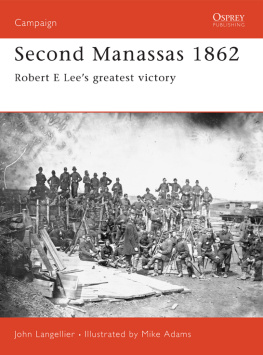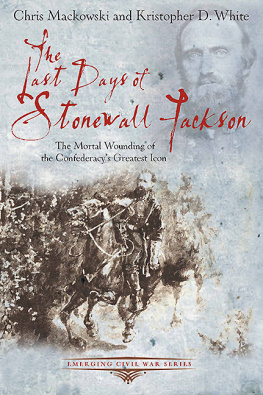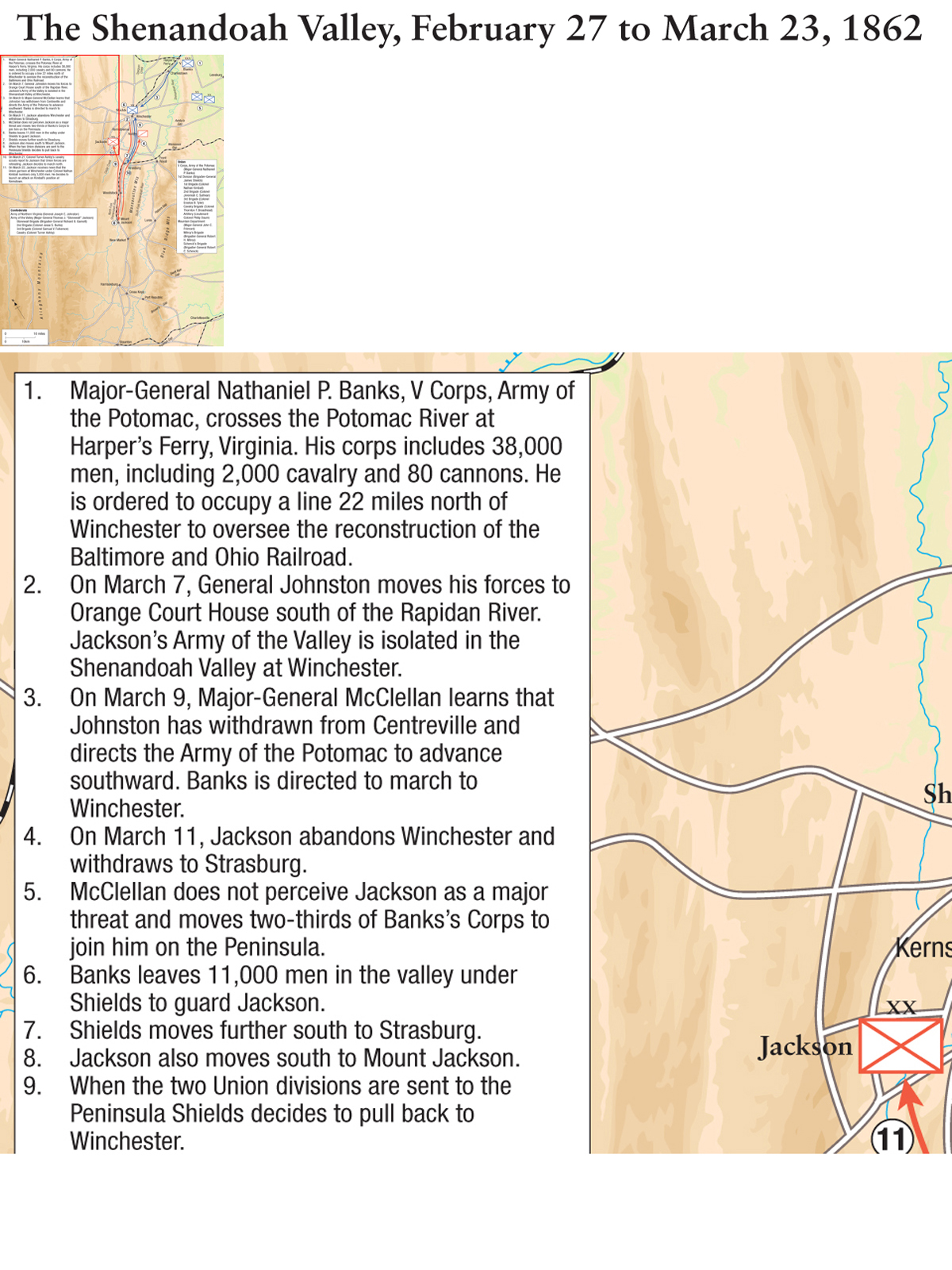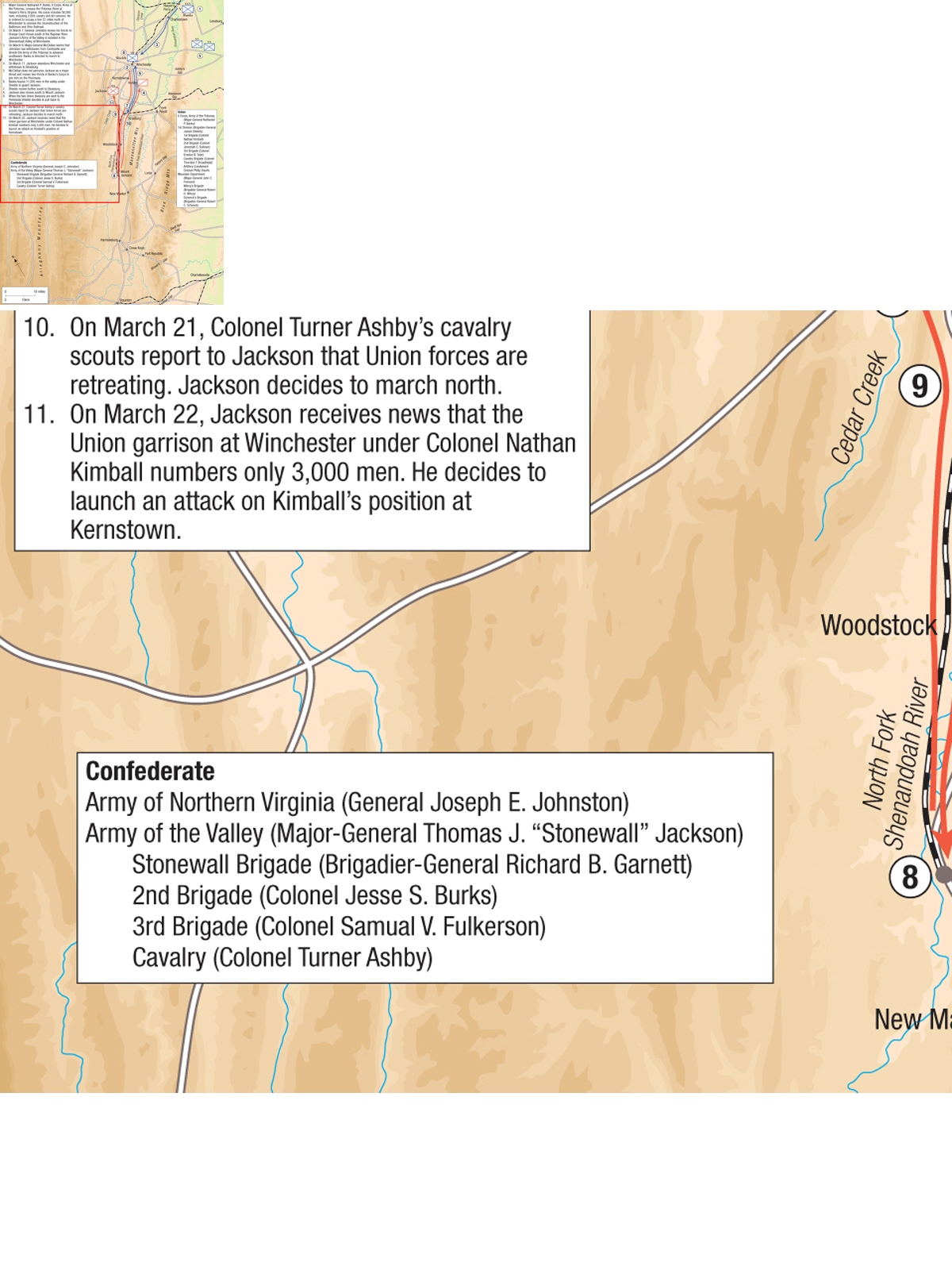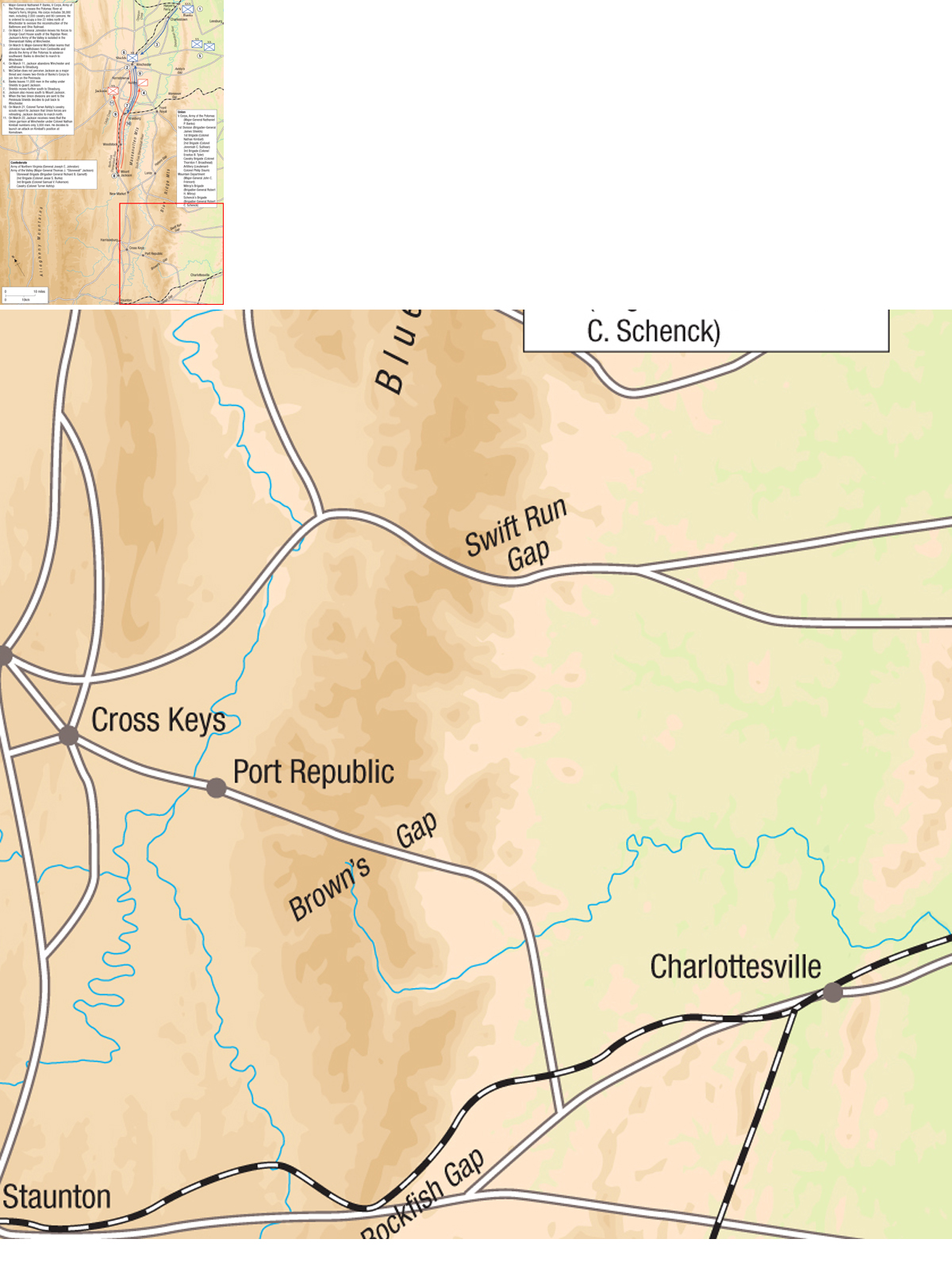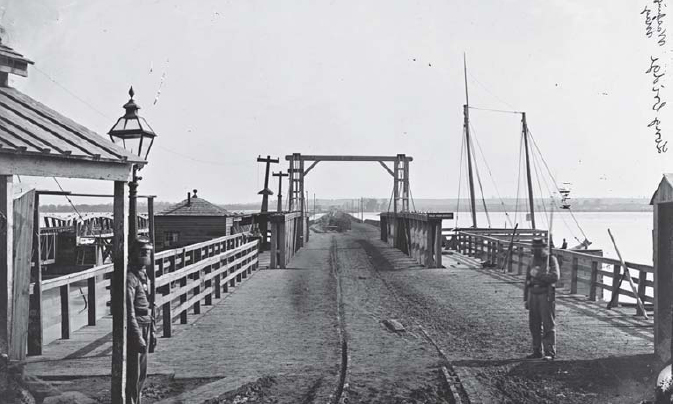CAMPAIGN 258
SHENANDOAH VALLEY 1862
Stonewall Jackson outmaneuvers the Union
| CLAYTON & JAMES DONNELL | ILLUSTRATED BY ADAM HOOK |
Series editor Marcus Cowper
CONTENTS
ORIGINS OF THE CAMPAIGN
The Shenandoah Valley runs for 140 miles from rural Augusta County in western Virginia to the Potomac River at Harpers Ferry. Following a southwest to northeast course it is bounded on the west by the 5,000ft-high Allegheny Mountains, and on the east by the 4,000ft Blue Ridge Mountains. In between is a 25-mile wide ribbon of some of the best agricultural land in the state, which in the spring of 1862 was the scene of some of the fiercest fighting of the Civil War.
The Blue Ridge Mountains were a particularly formidable barrier in the 1860s. The roads were generally poor through the few isolated gaps that separated the Valley from eastern Virginia. Whoever controlled the Valley could travel virtually unseen, to suddenly emerge on an unsuspecting enemy operating in eastern Virginia. For the North, this meant being able to either seize the vital railway lines that connected the Confederate capital at Richmond with forces in Tennessee and the Mississippi Valley, or send an army cross country to attack that same capital from the west. For the South, the Valley meant protecting the grain fields and farms so vital to the food supply of the army, as well as being able to advance into Maryland and Pennsylvania and threaten the Federal capital at Washington, a concern firmly on the mind of the Federal President Abraham Lincoln.
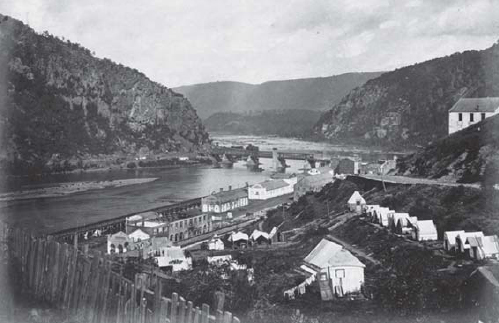
Harpers Ferry at the northern end of the Shenandoah Valley was considered the back door to the heart of the Confederacy. This photo shows the confluence of the Shenandoah and Potomac rivers. (LOC)
Completed in 1809, the Long Bridge was the avenue of invasion for the Union Army into Virginia in July 1861. This photo shows the approach to Alexandria from the Washington side. (LOC)
When the war began, in April of 1861, the Shenandoah Valley also proved to be fertile recruiting ground for the newly established Provisional Army of the Confederacy. Among the organizers was a recently appointed Colonel of Virginia Volunteers, Thomas Jonathan Jackson, who only a few months before had been an instructor at the Virginia Military Institute (VMI) in Lexington, at the southern end of the Valley. Jacksons command was at Harpers Ferry where the Federal Arsenal had been the target of John Browns abortive attempt to incite an armed slave uprising in 1859. The raid was quickly put down by a detachment of US Marines led by one Colonel Robert E. Lee.
As the Confederate Army began to take shape in the early summer of 1861, new regiments were being sent to the vicinity of Manassas Junction only 30 miles west of Washington. There, the rail line split to go west to Strasburg and the Valley, or southwest through Charlottesville to Lynchburg and points south. There also, Confederate General Pierre Gustave Toutant Beauregard, the hero of Fort Sumter, was organizing the defense of Virginia. Sixty miles further west, General Joseph Eggleston Johnston commanded the Army of the Shenandoah from Winchester, with the recently promoted Brigadier-General Jackson as his newly appointed First Brigade commander.
The Army had chosen Manassas Junction as its rallying point, both for its proximity to the Federal capital and as the most likely route for a Northern invasion. As expected, on the morning of July 16, 1861, Brigadier-General Irvin McDowell led the youthful but determined Union Army out of Washington and across the Long Bridge into Virginia. The day before, Brigadier-General Robert Patterson, who had crossed the Potomac at Williamsport on July 3, had advanced within 5 miles of Winchester. Pattersons instructions, following a pattern that would be used more than once in the spring of 1862, were to hold Johnston in the Valley while McDowell advanced on Beauregard.
On July 21 McDowell crossed Bull Run Creek and attacked the combined forces of Johnston and Beauregard in the first large-scale battle of the Civil War. The First Battle of Manassas, known to the North as First Bull Run, was a stunning victory for the South, aided in large part by the steadfastness of Brig. Gen. Jackson, who led Johnstons advance out of the Valley when Maj. Gen. Patterson pulled back to Charlestown rather than continuing to Winchester. Jacksons Brigade marched through Ashbys Gap and rode the Manassas Gap Railroad into Manassas Junction on July 19. Two days later, at the height of the battle, as the Confederate line was in danger of breaking, Confederate Brig. Gen. Barnard Bee pointed at Jackson at the top of Henry Hill and shouted, There stands Jackson like a stone wall. Rally round the Virginians, boys. The Southern soldiers did rally and swept their Northern enemies from the field, and almost back to Washington, and a legend was born.

Statue of Stonewall Jackson on Henry Hill at the Manassas/Bull Run battlefield. Jackson commanded the First Brigade of the Army of the Shenandoah, from then on known as the Stonewall Brigade. (Authors collection)
Before Manassas, the overwhelming opinion of those in both the North and the South was that the war would be won quickly. On April 15, the day after the surrender of Fort Sumter, President Lincoln had rather optimistically issued a proclamation calling for the enlistment of 75,000 militia for three months service. The Confederate Congress had been somewhat more prescient, or perhaps more pessimistic, when it had issued its call on March 16 for 100,000 volunteers and militia for one years service. On May 3, Lincoln issued a more sober call for troops, this time for 500,000 men for varying terms of service up to three years.
The euphoria the Southern people felt after the victory at Manassas had been replaced by frustration and unease as summer turned to fall and little had changed in the strategic situation. The South remained on the defensive while the North postured. On October 22 General Johnston was assigned to command the Department of Northern Virginia, headquartered at Centreville, with the Valley District, created the same day, under the command of now Major-General Stonewall Jackson.








